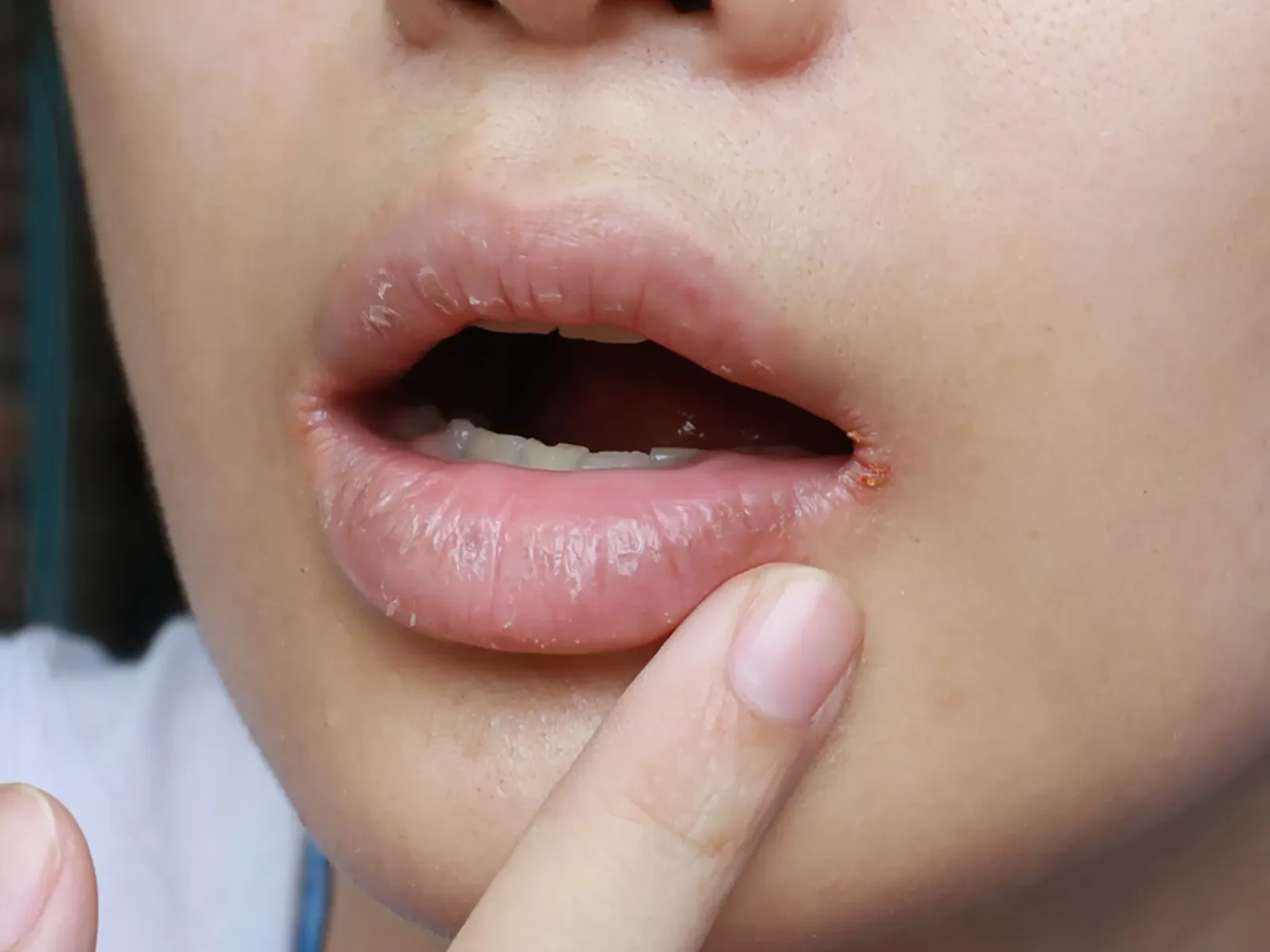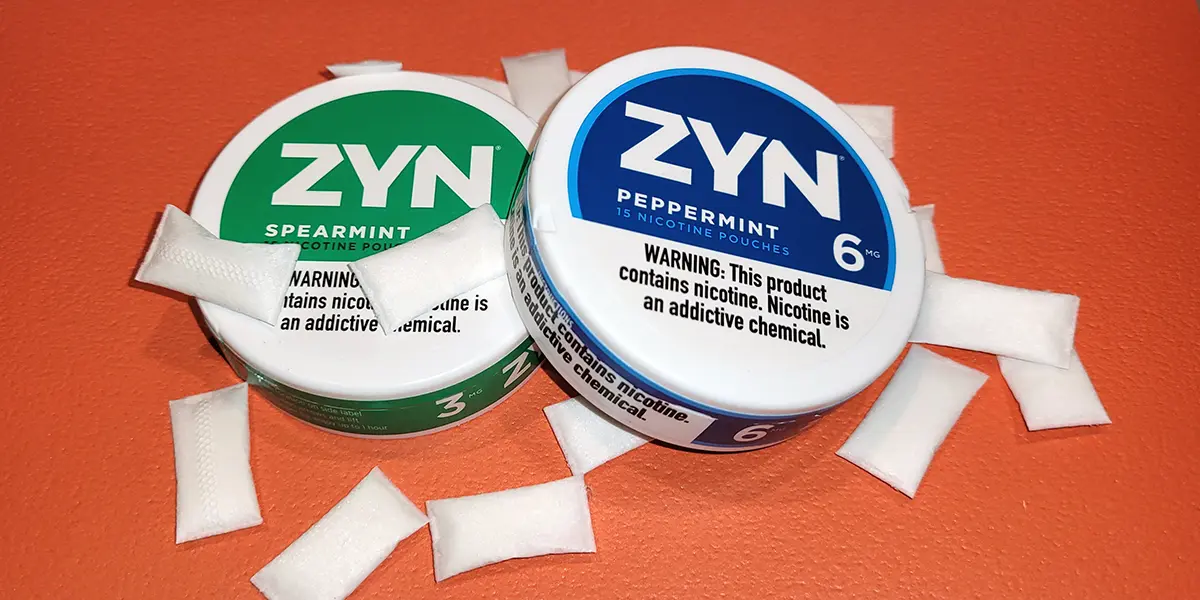It’s strange, isn’t it? How something as small as a cold sore corner of mouth can throw off your whole day — even your confidence a little. It usually starts with a faint tingling, maybe a bit of tightness in the skin near your lip corner, and before you know it, that familiar blister appears. Most of the time, these little sores are caused by the herpes simplex virus type 1 (HSV-1) — the same virus behind those classic lip blisters people call herpes labialis.
Cold sores often pop up in the corner of your mouth because that area gets dry and cracked easily — especially when you’re run-down or dehydrated. Add a bit of stress, too much sun, or a weak immune system, and suddenly, the virus wakes up from its quiet dormancy. That’s when you get what feels like a mix between a burn and an itch — a signal the prodromal stage has started.
Sometimes people confuse these with angular cheilitis, which looks similar but isn’t viral. That one’s usually from fungal infections like Candida, or even bacterial infections in the cracked skin folds. The main clue? Angular cheilitis stays flat and sore, while cold sores blister and crust as they go through the ulcer and crusting stages.
If you’ve ever wondered why they always seem to come back in the same spot, it’s because the herpes virus hides in your nerve cells, waiting for triggers. Stress, oral sex, strong sunlight, hormonal shifts, and even a common cold can create the cold sore corner of mouth. The good news? With early care — and a mix of antiviral medication, petroleum jelly, and gentle oral hygiene — you can shorten its stay and ease the discomfort.
Early Signs of Cold Sore Corner of Mouth
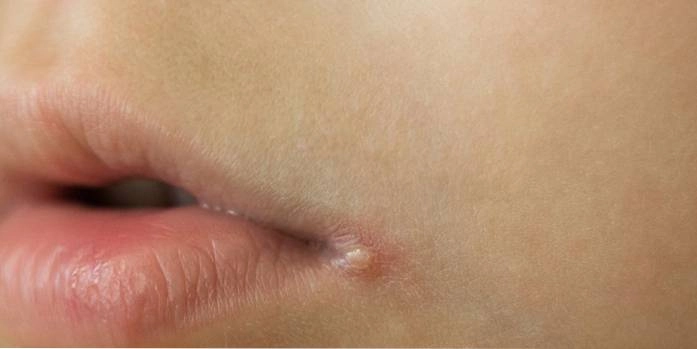
You usually know before you see it. That faint tingling sensation, maybe a mild burn or itch right at the edge of your lip — it’s the virus quietly getting to work. And this early stage matters more than most people think. Catching a cold sore corner of mouth during the prodromal stage can make a big difference in how fast it heals.
In these first hours (or maybe a day at most), you’ll notice a few subtle clues — redness, swelling, or tightness — before any blister forms. That’s when you want to act fast with antiviral creams or ointments like acyclovir or docosanol. If you wait until it blisters, the virus has already replicated, and it’s harder to stop.
Maybe this sounds familiar: you feel that odd tingling before a big event, and you’re hoping — maybe even bargaining — that it’s just a dry patch. But within a day, it’s definitely a cold sore outbreak. That’s why it helps to keep a cold compress or antiviral cream nearby, especially if you’re prone to herpes outbreaks.
A few practical ways to spot and slow it early:
- Pay attention to sensations — burning or itching around your lip corner usually means HSV-1 is active.
- Avoid touching it — the herpes simplex virus spreads easily to other parts of your face or hands (herpetic whitlow is no fun).
- Keep your hands clean — especially after applying cream.
- Hydrate and rest — because your immune system plays a big role in keeping it from spreading.
Pro Tip:
If you often feel that tingle but can’t tell if it’s dryness or a viral start, dab a little petroleum jelly to keep moisture in — it won’t cure the virus, but it can delay cracking while you decide whether to apply an antiviral.
I. Fast Way #1: Apply an Antiviral Cream Immediately
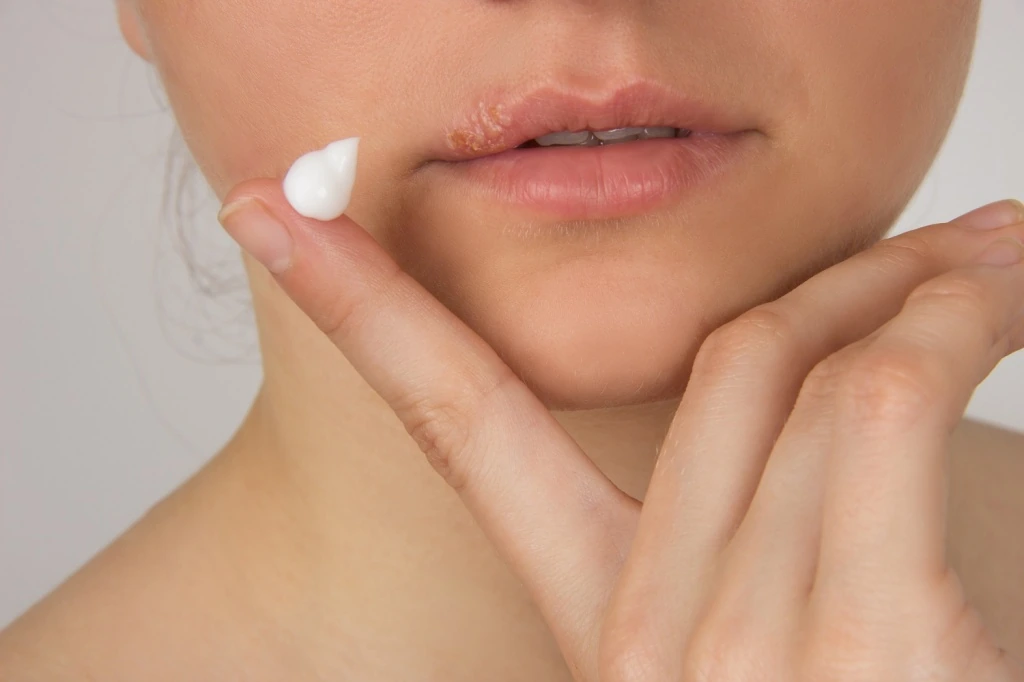
So here’s the thing — once that cold sore corner of mouth shows the first sign of blistering, time really matters. The faster you apply an antiviral cream, the shorter your healing time will probably be. Think of it as cutting off the herpes simplex virus before it builds momentum.
There are a few popular topical options — acyclovir, penciclovir, or even docosanol cream (you’ll find it over the counter under names like Abreva). These cold sore ointments work by blocking the virus’s replication right in the skin cells. But only if you catch it early — ideally in that tingling or prodromal stage.
Here’s how to do it properly (and hygienically):
- Wash your hands first. Seriously. You don’t want to spread HSV-1 to your eyes or other areas.
- Use a clean cotton swab to apply the cream — never your fingertip.
- Reapply 4–5 times a day or as directed on the package.
- Avoid sharing lip balms or towels. HSV-1 spreads through tiny skin contact.
If you tend to get recurrent herpes outbreaks, your doctor might prescribe oral antivirals — valacyclovir or famciclovir — especially if the topical ones don’t do much. Some people even take them preventively during stressful times or after sun exposure, when their immune system is most vulnerable.
Pro Tip:
Pair your cream with something soothing like a thin layer of petroleum jelly after it absorbs. It locks in moisture, prevents cracking, and makes the crusting stage less painful.
Quick Table: Common Antiviral Options
| Type | Active Ingredient | When to Use | Notes |
| OTC Cream | Docosanol | Early stage | Works best at first sign |
| Prescription Cream | Acyclovir / Penciclovir | Any visible sore | Stronger action |
| Oral Medication | Valacyclovir / Famciclovir | Severe / frequent outbreaks | Doctor required |
If you’re someone who breaks out under stress or hormonal changes, maybe talk to your dermatologist about keeping a tube handy — it’s one of those small things that make life easier when your cold sore decides to visit at the worst possible time.
II. Fast Way #2: Use Ice or a Cold Compress to Reduce Swelling
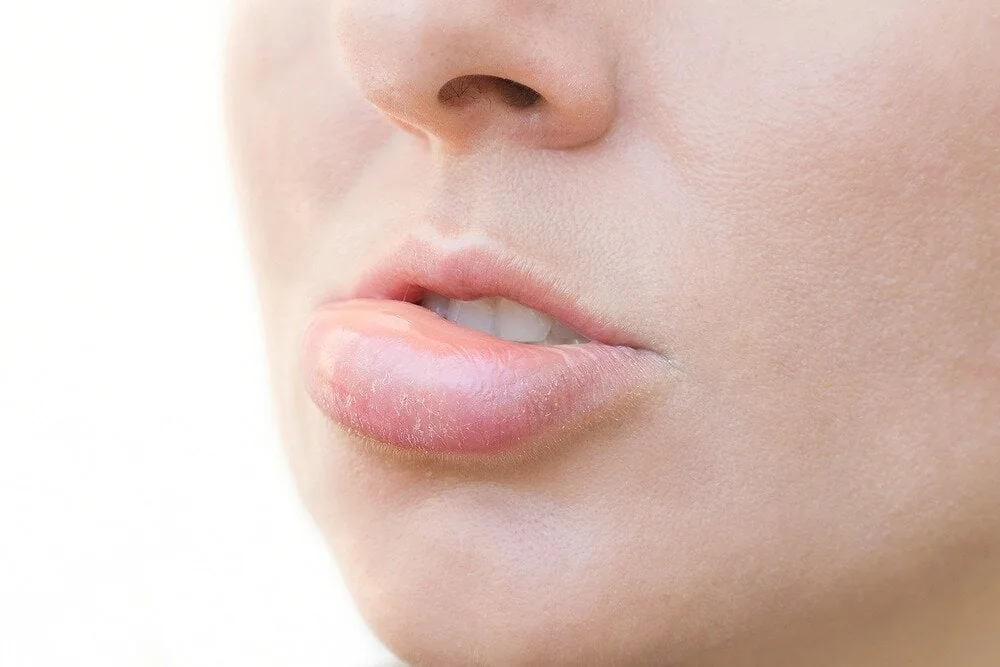
Now, this one’s simple — and oddly comforting. Using ice or a cold compress might not destroy the herpes virus, but it sure helps calm the storm. That burning, swollen feeling at the corner of your mouth can ease within minutes.
Think of it as damage control. The cold helps reduce inflammation, slows down viral activity a little, and numbs the pain. It’s not a cure — it’s relief. And when you’re dealing with that tight, stinging sensation during the ulcer stage, that’s enough to make a difference.
Here’s the safe way to do it:
- Wrap a few ice cubes in a clean cloth — never apply ice directly on skin (you’ll just irritate it more).
- Hold it for 5–10 minutes, then give your skin a break.
- Repeat a few times a day, especially when the sore feels hot or throbbing.
If you’re more of a home-remedy person, a cold compress therapy using a chilled spoon or a damp, cold towel works just as well. The trick is keeping it clean — cold sore corner of mouth are open invitations for bacterial infections if you’re careless.
Some people even combine both — an antiviral cream first, then a cold compress to reduce swelling. It’s like tackling both sides: kill the virus, calm the pain.
Pro Tip:
If you notice frequent cold sore outbreaks, icing can become part of your early routine. As soon as you feel that tingling sensation — before it blisters — press a cold spoon there for a few minutes. Sometimes it delays or even stops the sore from forming fully.
III. Fast Way #3: Try Lysine Supplements or Creams
If there’s one underrated fix for a cold sore corner of mouth, it’s lysine — that humble amino acid most people don’t think twice about. I used to shrug it off too, until someone handed me a small bottle of lysine tablets at a pharmacy, swearing they cut her cold sore time in half. And you know what? There’s actually science behind it.
The herpes simplex virus (HSV-1) needs another amino acid, arginine, to replicate. Lysine kind of blocks it from doing that, slowing viral activity and, in many cases, preventing the outbreak from even getting to the ulcer stage. It’s like quietly cutting off the virus’s fuel supply.
You can take lysine supplements daily or just during flare-ups, depending on how often you get cold sores. Typical doses hover around 1,000–3,000 mg a day, though you should always check with your doctor first — too much of anything, even something natural, isn’t great long-term.
Lysine also comes in topical creams. Some folks prefer these because they act right where the herpes virus is most active — the blister. A mix of oral lysine and topical antiviral medication can often shorten recovery by a couple of days.
If you’d rather get your lysine from food (which is my personal route), here’s a quick peek:
| Lysine-Rich Foods | Why They Help |
| Greek yogurt | Supports gut & immune system |
| Chicken & turkey | High-quality protein and lysine |
| Tuna & salmon | Also provide anti-inflammatory omega-3s |
| Legumes (beans, lentils) | Great for vegetarians |
| Eggs | Simple and easy lysine source |
Pro Tip:
If you often crave nuts or chocolate before outbreaks, that’s not random — they’re high in arginine, which can trigger the herpes simplex virus. Balancing that with extra lysine-rich foods or supplements might keep the virus quiet longer.
And if you’re wondering whether lysine actually prevents cold sore corner of mouth, research suggests it may help reduce frequency when taken regularly. It’s not magic, but it’s a gentle, science-backed way to give your body a hand.
IV. Fast Way #4: Keep the Area Moist with Petroleum Jelly or Aloe Vera
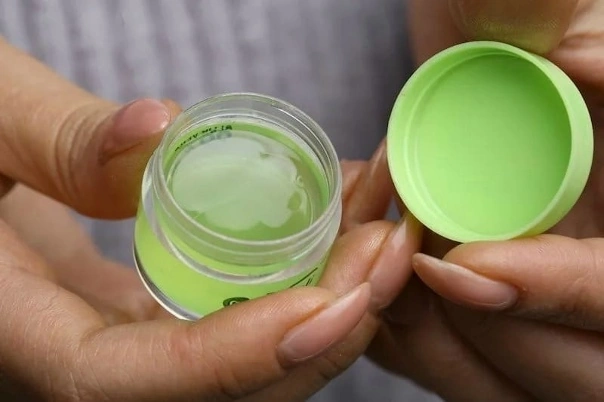
When that sore cracks — especially at the corner of your mouth — it hurts. The air, food, even smiling can sting. That’s where petroleum jelly or aloe vera comes in. They don’t kill the herpes simplex virus, but they help your skin heal faster by keeping it moist and protected.
A lot of people think drying the sore helps, but that’s actually counterproductive. A dry scab can crack, reopen, and invite bacterial infections — basically restarting your healing clock. Moisture keeps things soft and speeds tissue repair, especially when combined with gentle oral hygiene.
Let’s compare the two real quick:
| Product | Benefits | How to Use |
| Petroleum Jelly (Vaseline) | Seals moisture, prevents cracking, acts as barrier | Apply a thin layer 2–3 times daily |
| Aloe Vera Gel | Soothes pain, mild antiviral and cooling effect | Use natural aloe directly from leaf or pure gel |
If you’re using both, start with aloe vera for its healing touch, then finish with a light coat of petroleum jelly to lock everything in.
Pro Tip:
Keep a dedicated lip applicator or Q-tip for this — it’s easy to reintroduce the herpes simplex virus to healed skin if you double-dip or reuse products during outbreaks.
You’ll probably notice the cold sore corner of mouth feels less tight and painful once it stays moist. And honestly, that comfort — that ability to talk or eat without flinching — is half the battle when you’re dealing with a sore that sits right where your smile should be.
V. Fast Way #5: Avoid Triggers (Stress, Sun, and Sugar)
If there’s one lesson every repeat sufferer learns — it’s that the cold sore corner of mouth doesn’t just appear out of nowhere. It’s usually triggered by something. Sometimes you can almost feel your body giving you a quiet warning: you’re tired, stressed, dehydrated… and that’s when the herpes simplex virus stirs.
The top three culprits? Stress, sunlight, and sugar. And honestly, they make sense. Stress weakens your immune system, UV exposure irritates your lips, and sugar — well, it’s not exactly the best friend to your body’s healing response.
Here’s a quick breakdown of how they sneak up on you:
| Trigger | What It Does | How to Counter It |
| Stress | Lowers immune defenses, reactivating HSV-1 | Try breathing exercises, mindfulness, or just a short walk |
| Sun exposure | Dries lips, triggers herpes outbreaks | Always use a lip balm with SPF 15+ |
| High sugar intake | Feeds inflammation and delays healing | Swap refined snacks for fruit and nuts |
Even hormonal changes or lack of sleep can nudge an outbreak. It’s a frustrating truth — but it also means you have control. When your lifestyle’s balanced, outbreaks tend to stay quiet.
Some folks find it helpful to track triggers in a journal. Like, jot down what you ate, how you felt, or whether you were outdoors for long. Over time, you’ll see patterns — maybe it’s that weekend of poor sleep or those long beach days without SPF.
Pro Tip:
Try managing stress with small, consistent habits rather than “big fixes.” Meditation, regular meals, enough water, even five minutes of quiet before bed can reduce viral flare-ups. The herpes simplex virus loves a chaotic environment — so don’t give it one.
VI. Fast Way #6: Use Tea Tree or Peppermint Oil (Cautiously)
Now, here’s where natural remedies sneak back into the conversation. Some people swear by essential oils for cold sores — especially tea tree and peppermint oil. And while they won’t replace your antiviral medication, they can help when used carefully.
Tea tree oil contains natural antiviral and antibacterial compounds that might slow down HSV-1’s activity, while peppermint oil offers mild cooling and anti-inflammatory effects that make the sore feel less sore. But — and this is key — these oils are potent. Never use them straight.
Here’s how to use them safely:
- Mix 1 drop of essential oil with 1 teaspoon of carrier oil (like coconut or olive oil).
- Apply a tiny amount to the sore with a clean cotton swab.
- Do this 2–3 times daily — and always patch test first.
- Stop immediately if you feel a burning sensation beyond mild tingling.
You’ll sometimes see people online using essential oils undiluted or too often — that usually leads to irritation, cracked lips, or even contact dermatitis. The corner of your mouth is already delicate; treat it kindly.
Pro Tip:
A soothing mix I’ve found works well: 1 drop tea tree + 1 drop peppermint + 1 teaspoon aloe vera gel. It cools, disinfects, and moisturizes — all at once. Just store it in a tiny jar and dab when needed.
If you’re the DIY type, you can even use a lemon balm or chamomile oil instead — both have shown mild antiviral properties in studies. Just remember, essential oils complement antiviral drugs; they don’t replace them.
VII. Fast Way #7: Boost Healing with Vitamin C and Zinc
Here’s something a lot of people overlook — your body’s internal defense system. When you’ve got a cold sore corner of mouth, your immune system is working overtime to fight off the herpes simplex virus (HSV-1) and rebuild skin tissue. Two nutrients that play a huge role in this are vitamin C and zinc.
Vitamin C helps your body make collagen — the protein that repairs damaged skin — while zinc supports your immune cells and may even stop the virus from multiplying. Together, they can make the healing process faster and less painful.
You can take them as supplements or get them naturally from food.
Here’s a quick cheat sheet:
| Nutrient | Best Food Sources | How It Helps |
| Vitamin C | Oranges, kiwi, strawberries, bell peppers | Speeds up healing, boosts collagen |
| Zinc | Pumpkin seeds, chickpeas, cashews, beef | Strengthens immunity, limits viral replication |
If you’re prone to recurrent cold sores, try maintaining these nutrients in your diet daily instead of just reacting to outbreaks. It’s a bit like building a safety net before the fall.
Pro Tip:
A glass of warm lemon water with honey and a pinch of zinc powder every morning might help strengthen your immune system and keep future cold sore outbreaks at bay.
And yes, topical zinc creams can also be helpful — especially if used early, right when you feel that tingling around the cold sore corner of mouth. They can slightly shorten healing time by forming a protective layer that discourages the virus from spreading.
VIII. Fast Way #8: Try Lemon Balm — Nature’s Antiviral Secret
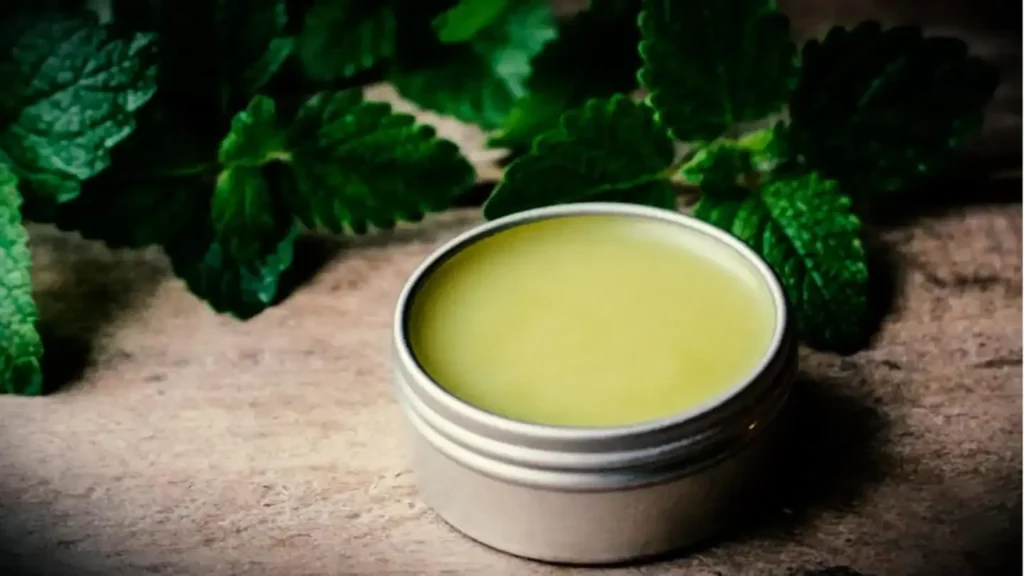
If you lean toward natural remedies, lemon balm (also known as Melissa officinalis) might surprise you. It’s a calming herb with proven antiviral effects — especially against HSV-1, the virus behind most cold sores at the corner of your mouth.
Studies suggest that lemon balm extract helps prevent the virus from attaching to skin cells, which means it can stop a sore from forming or shorten its duration once it appears. And unlike many strong oils or ointments, lemon balm is gentle enough for frequent use.
Here’s how to use it effectively:
- Lemon Balm Cream or Ointment – Apply 3–4 times daily during outbreaks.
- Lemon Balm Tea Compress – Soak a cotton pad in cooled tea and press gently on the sore.
- DIY Lip Balm – Mix lemon balm oil with coconut oil and beeswax for daily prevention.
Why it works:
- Contains rosmarinic acid and flavonoids, both known for their antiviral activity.
- Reduces redness, pain, and swelling naturally.
- May also calm the nerves around your lips — which explains why it’s often used in stress-related cold sore prevention.
Pro Tip:
If you tend to get cold sores on the side of your mouth after stressful days or sun exposure, dab lemon balm extract on your lips before bed. It might stop the outbreak before it even starts.
IX. Fast Way #9: Hydrate, Rest, and Let Your Body Do Its Job
It sounds simple, but sometimes the best way to heal a cold sore corner of mouth is to just slow down. Your body’s immune system — when it’s rested, hydrated, and nourished — does an incredible job of repairing itself. But when you’re dehydrated or running on fumes, that healing slows to a crawl.
Cold sores thrive on exhaustion. When you’re tired, your immune response weakens, allowing the herpes simplex virus to stay active longer. So instead of pushing through, try giving your body what it needs most: rest.
Here’s a mini checklist you can follow:
✅ Hydration: Aim for 8–10 glasses of water a day. Herbal teas like chamomile or lemon balm help too.
✅ Sleep: Get at least 7–8 hours — your body heals fastest in deep sleep.
✅ Nutrition: Include foods rich in lysine, vitamin C, and zinc to strengthen immunity.
✅ Avoid irritants: Spicy, salty, or acidic foods can sting and slow healing.
If your lips tend to dry out easily, you might want to switch to a gentle lip balm (look for SPF 15+, no alcohol, no menthol). Even mild dryness or cracking around the corner of your mouth can trigger another outbreak if the skin barrier is weak.
Pro Tip:
Mix a small amount of aloe vera gel with a drop of vitamin E oil and apply twice a day. It hydrates deeply while forming a protective barrier that speeds up skin repair naturally.
And remember — it’s okay to rest. Healing faster sometimes means doing less, not more.
X. Fast Way #10: Know When It’s Not a Cold Sore (Angular Cheilitis Alert)
Sometimes what looks like a cold sore corner of mouth isn’t actually a cold sore. It could be angular cheilitis — a common skin inflammation that often gets mistaken for herpes. The difference matters because the treatment is completely different.
Here’s a quick way to tell them apart:
| Feature | Cold Sore | Angular Cheilitis |
| Cause | Herpes simplex virus (HSV-1) | Fungal or bacterial infection |
| Appearance | Fluid-filled blister that crusts | Red, cracked, or split skin |
| Location | Often one side of mouth or lip | Exactly at both mouth corners |
| Pain Type | Tingling or burning before blister | Itchy, sore, sometimes bleeding |
| Treatment | Antiviral creams, rest, zinc | Antifungal or antibacterial cream |
If you’ve been treating it like a cold sore but it never heals — that’s a sign it could be something else. Angular cheilitis often happens from drooling in sleep, wearing ill-fitting dentures, or vitamin B deficiencies.
Pro Tip:
If your “cold sore” lasts longer than 10–12 days or keeps coming back in the same spot, it’s worth visiting a dermatologist or dentist. They can run a simple test to confirm whether it’s HSV-1 or another infection.
Sometimes the two even overlap — you might get cracked corners from dryness, and the herpes virus takes advantage of that opening. So staying hydrated, keeping lips moisturized, and maintaining good oral hygiene really goes a long way.
Prevention & Lifestyle Tips to Avoid Future Cold Sores
If there’s one thing you learn after dealing with a cold sore corner of mouth, it’s that prevention feels a whole lot easier than treatment. Once that tingling starts, it’s kind of like a race against time — and you don’t always win. So maybe, instead of chasing the next outbreak, you shift your focus to strengthening your defenses against herpes simplex virus (HSV-1) itself.
Your daily habits — the quiet, boring ones like drinking enough water or getting to bed before midnight — actually decide how often those cold sores show up. A strong immune system keeps the herpes virus asleep. When you’re sleep-deprived, stressed, or eating junk, the virus stirs. You might notice that familiar burn near the corner of your mouth, and well, here we go again.
Simple daily habits for cold sore prevention:
- Stay hydrated: Your skin (and lips) heal faster when your body’s water balance is right.
- Eat a balanced diet: Focus on lysine-rich foods like fish, chicken, and dairy, while cutting down on arginine-heavy snacks (like nuts and chocolate) that may trigger herpes outbreaks.
- Protect your lips: Always use a lip balm with SPF — UV rays are sneaky triggers for HSV reactivation.
- Manage stress: Meditation, walks, journaling — whatever helps you stay calm. Stress relief directly supports your immune system.
- Practice mindful hygiene: Don’t share razors, towels, or lip products. And really, once you’ve had a cold sore, stick to your own lip balm forever.
Pro Tip:
Keep your lips moisturized with a natural barrier like petroleum jelly or aloe. Dry, cracked skin invites bacterial infections and makes it easier for the herpes simplex virus to resurface.
So, can lifestyle changes reduce outbreaks permanently? Maybe not forever — the virus doesn’t really leave. But with consistent care, balanced nutrition, and mindful living, you might go months (or even years) without another cold sore corner of mouth making an appearance.
Conclusion
At the end of the day, dealing with a cold sore corner of mouth isn’t just about spot-treating a blister — it’s about understanding your body. You’re not just soothing a scab; you’re calming down a herpes simplex virus outbreak that’s been stirred by stress, fatigue, or even sunlight.
The fastest recoveries usually happen when you balance medical care with gentle self-care — think antiviral creams, immune-boosting foods, hydration, and avoiding triggers like sugar, stress, or sun exposure. And maybe most importantly, patience. These things heal in layers — physically and emotionally.
If you take anything from this, let it be this: your body wants to heal; your job is just to make it easier for it to do so.
Pro Tip:
Keep a small “lip rescue kit” — your SPF balm, a dab of zinc cream, lemon balm ointment, and a clean cotton swab. When you feel that first tingle, you’ll already be one step ahead.
Frequently Asked Questions (Faq’s)
1. How do you treat a cold sore in the corner of your mouth?
You can treat a cold sore in the corner of your mouth with antiviral creams, ice compresses, and lysine supplements to speed up healing. Keeping the area clean and moisturized also prevents cracking and infection.
2. How to get rid of corner mouth sores fast?
Apply an antiviral ointment as soon as symptoms appear and use a cold compress to reduce swelling. Taking lysine and vitamin C can also help your body heal faster.
3. How to tell the difference between angular cheilitis and cold sore?
Cold sores are caused by the herpes virus and usually blister, while angular cheilitis is often due to fungal or bacterial infection that cracks the corners of your lips. Cold sores also tend to tingle or burn before appearing.
4. Why am I getting cold sores on the side of my mouth?
Cold sores on the side of your mouth are usually triggered by stress, sun exposure, or a weakened immune system. The virus stays dormant in your body and reactivates under these conditions.
5. Is it better to keep a cold sore moist or dry?
It’s better to keep a cold sore slightly moist with petroleum jelly or aloe vera to prevent cracking. A moist environment promotes faster healing and reduces pain.
6. Which vitamin deficiency causes sores in the corner of the mouth?
A deficiency in B vitamins, especially B2 (riboflavin), B3, and B12, can cause mouth corner sores. Low iron or zinc levels may also contribute.
7. How long do cold sores last on the corner of the mouth?
Cold sores usually last about 7 to 10 days, depending on your immune response and treatment. Starting antiviral therapy early can shorten that duration.
8. Is angular cheilitis an STI?
No, angular cheilitis isn’t a sexually transmitted infection. It’s usually caused by fungal, bacterial, or nutritional factors rather than viruses like herpes.
9. What vitamin deficiency causes mouth ulcers?
Mouth ulcers are often linked to deficiencies in vitamin B12, folate, or iron. These nutrients are essential for healthy skin and mucosal repair.
10. Can I kiss someone with angular cheilitis?
It’s best to avoid kissing until angular cheilitis fully heals, as bacteria or fungi can transfer and worsen irritation. It’s not an STI, but it’s still contagious through contact.

